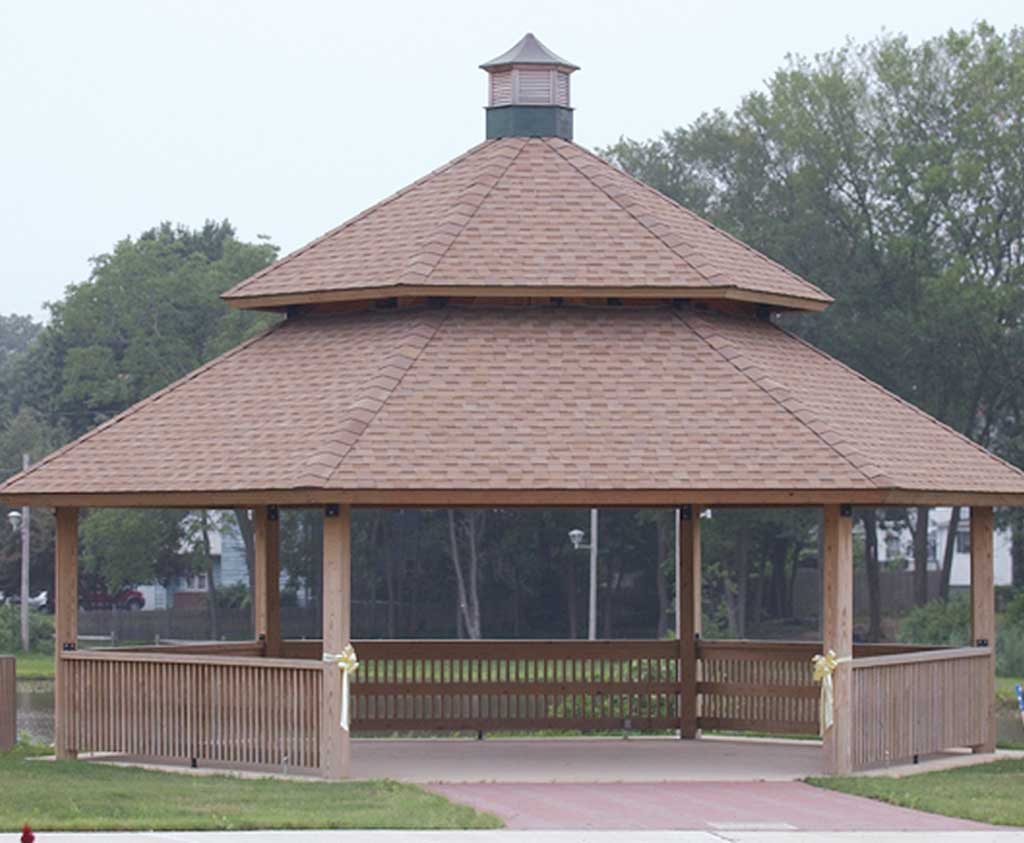A plan for the redevelopment of Monmouth Mall that includes the construction of 700 apartments is compliant with building standards outlined in Eatontown’s zoning ordinance, according to the planner representing the developer.
That was the assessment offered by professional planner Christine Cofone, who testified on behalf of Eatontown Monmouth Mall LLC at the July 2 meeting of the Eatontown Planning Board.
Cofone is also a Superior Court Affordable Housing Special Master.
The application filed by Eatontown Monmouth Mall proposes that 88 of the planned 700 apartments would be designated as affordable housing.
The July 2 meeting was the sixth meeting that has been held on the application filed by Eatontown Monmouth Mall, a joint effort between Kushner Companies and Rouse Properties.
The applicant is seeking municipal approval to remodel, renovate and repurpose the Monmouth Mall for commercial and retail use, according to the board.
A seventh hearing on the application is scheduled for the board’s July 16 meeting.
According to previous testimony, the proposed apartment building, to be called the Heights of Monmouth, is permitted in the southeast corner of the mall property by municipal zoning.
The Heights of Monmouth have been described as a single multi-use building designed to accommodate 340 one-bedroom, 340 two-bedroom and 18 three-bedroom apartments.
The developer would designate 88 apartments as affordable housing. Those units, which would be a combination of one-bedroom, two-bedroom and three-bedroom apartments, will account for 12.5 percent of Eatontown’s affordable housing requirements if the project is approved by the board, Cofone said.
“This project is a home run,” she said.
During her testimony, Cofone responded to June 18 testimony that professional planner Andrew Thomas, who testified on behalf of objectors to the application, had offered.
During his testimony, Thomas claimed the application was inconsistent with Eatontown’s building ordinance, specifically in regard to proposed first floor uses in the apartment building.
Two weeks later, Cofone rebutted Thomas’ testimony and said the proposed apartment building fully complies with the borough’s standards in regard to first floor uses.
Thomas said the first floor of the proposed apartment building includes residential amenities, such as parking for tenants and a mailroom. He said the zoning ordinance does not permit residential amenities on the first floor.
Cofone said she carefully evaluated the criteria for first floor restrictions in a mixed-use building. She testified that while apartments are not permitted on the first floor, residential amenities, such as parking stalls for tenants and a mailroom, are authorized.
“In (the objectors’ opinion), we have two buildings (A and B) that do not comply with the mixed-use building definition … There is no valid argument,” she said.
Cofone described the nature of a mixed-use building as a “live-work-play” environment that she said would attract people between the ages of 22 and 36. Residing in a mixed-use building, Cofone said, caters to the aspects of convenience and accessibility to which millennials have become accustomed.
Previous testimony indicated the average rent for a one-bedroom apartment would be $2,300 per month.
“A project of this nature is about keeping millennials and their spending power, trying to capture their spending power, to try and reinvigorate these dying malls,” Cofone said.
Cofone said the proposed apartment building would help Eatontown reach its affordable housing goal. She said the 88 proposed affordable housing apartments would account for 12.5 percent of the borough’s total affordable housing obligation.
“This project is not going to have an adverse impact on the community,” she said.
During public comment, residents who addressed the board said they did not take comfort in Cofone’s testimony that the Heights of Monmouth would be a valuable asset to Eatontown.
Resident Linda Thatcher said, “For someone who has put their whole life savings into a home … I am asking you (the developer) to please move the apartments farther away from where we live … Please, could you possibly do that?”
“Nobody wants the 700 apartments,” resident Sherry Caso said.”This (application) was done behind the whole town’s back.”

